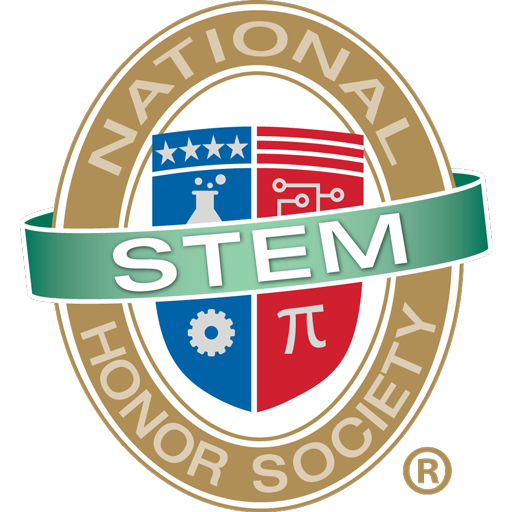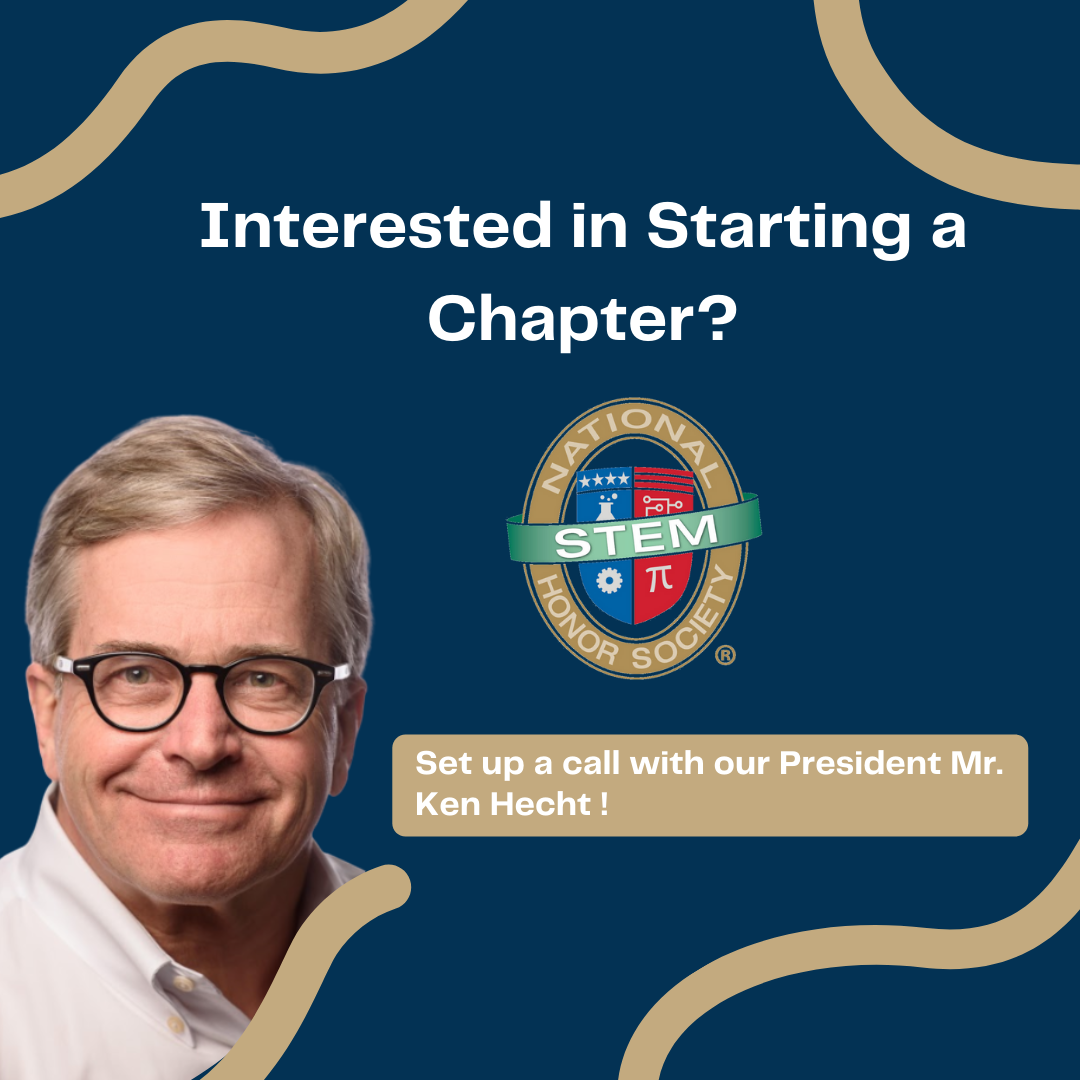Why Mentor Middle School Students in STEM?
Mentoring creates big impacts on students, especially at the middle school level. STEM mentoring in particular sparks a lifelong interest in the STEM field. Therefore, combining STEM and mentoring makes sense. STEM activities usually involve problem solving, which offers opportunities for team building and discussion between mentees and mentors. Middle school is a very important age to start a mentorship program because this is typically when students, unfortunately, become disengaged in STEM. With a good program and mentor, students can recognize their potential in a STEM field. They’ll see a future for themselves doing something they love that, otherwise, they would never have discovered.

Finding STEM Mentors
The first place to look to for mentors are staff within the school or district. Simply sending out an email or flyer advertising the program and the expectations for the mentors is a start. There’s also the path of recruiting external mentors. You can get in contact with a local mentor affiliate in your area and screen through there. Also, consider looking in your community for potential partners and volunteers. Lastly, you can go the path of peer mentorship. If you go this route, it’s important to create a supportive environment for both the mentor and mentee. Building a detailed program guiding both mentor and mentee is key. With a middle school program, recruiting mentors from local colleges or STEM- related businesses can help ease the tumultuous gap between a student’s childhood and teenaged years. This would allow students to engage with individuals in STEM careers on an educational and emotional level.

Matching STEM Mentors and Middle School Students
It’s important to remember mentors are more than just academic guides. They also serves to build the mentee’s confidence in STEM. A STEM program could be a major source of positive support for an at-risk student. For this reason, matching a mentor to a student should be a thoughtful process that maximizes the benefits for everyone involved. Empathy and understanding are critical to learning and growing. Meeting students and mentors in a group setting is a great way to see who students gravitate to. Introduce icebreakers and similar get-to-know-you activities to get the ball rolling. Another way to match students with mentors is creating a compatibility assessment based on personality, a student’s needs, and the student’s learning styles. Matching students with mentors in a career that peaks their interest makes them more likely to stick with the STEM program. In the beginning, emphasize how they’ll be matched as well as how long they’ll be matched for, and what to do if either the mentor or mentee isn’t happy with the arrangement.
How Does NSTEM Fit Into STEM Mentorship in Middle School?
Creating an NSTEM Honor Society chapter at your school will be a huge advantage for your STEM-based mentor program. NSTEM provides resources and project-based learning to structure your mentoring program around. The chapter is a natural fit for schools that either want to build STEM initiatives from scratch or improve upon what’s already in place. An NSTEM chapter school gets access to a whole library of resources to aid teachers and volunteers in their mentorship. With curriculum and events, all sorted by state and grade level, you can fully engage your students and maximize their chances for success!
Written by Olivia Kirven
Visit the NSTEM page for more posts about our STEM community!

